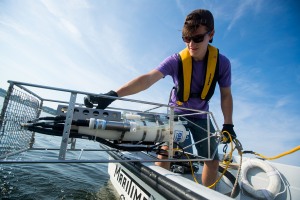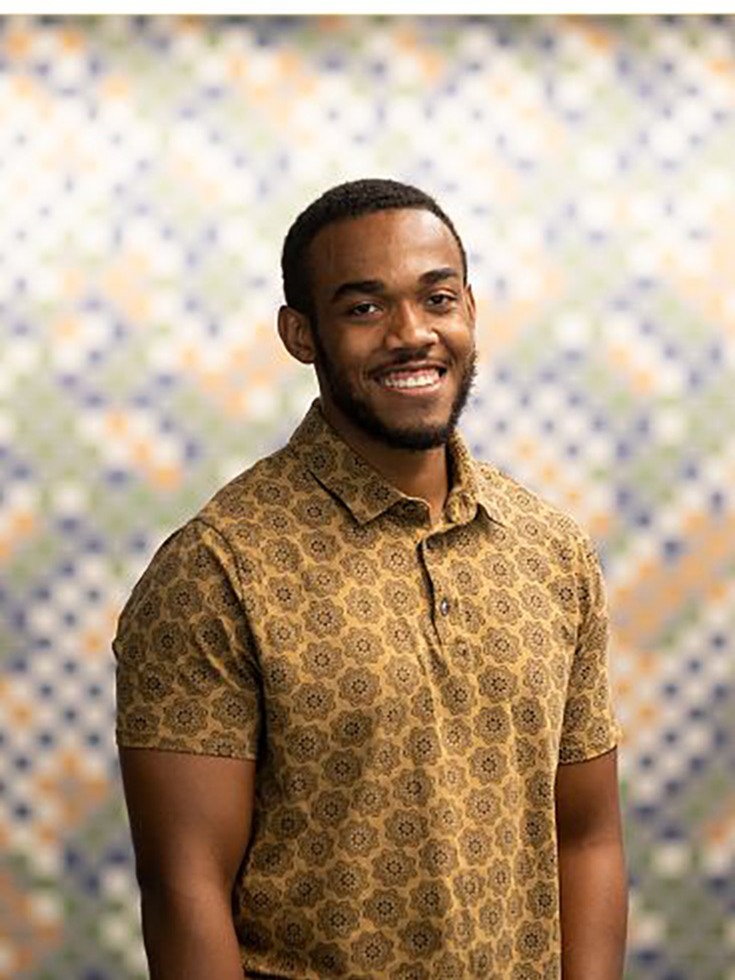PROVIDENCE, R.I. [Brown University] — Growing up with two great-grandparents who used wheelchairs, Nathan Brown saw first-hand how difficult it can be for wheelchair users to get around in certain situations.
“They worked fine indoors or on pavement,” Brown recalled, “but as soon as there was a little gravel or a few steps, it became really difficult to get around.”
Now a senior at Brown concentrating in biomedical engineering, Brown is working to develop a new wheelchair design that works as well outdoors as it does inside. Dubbed Trailfinder, the design aims to combine the stability of wheelchairs specially designed for the outdoors with the compact maneuverability of chairs designed primarily for indoor use.
“One way we’ve described it is to compare it to tennis shoes,” Brown said. “They’re designed for tennis, but they’re also good walking shoes, or running shoes, or just shoes you can wear every day. So we wanted to design a chair that was good indoors, but could also work on dirt walking trails and rougher surfaces.”
The project started with conversations between Joseph Crisco, a professor of orthopedics and engineering; David Olaleye, a biomedical engineering master’s student who graduated last May; and Brown.
“It was just an idea at the time,” Brown said. “Professor Crisco handed it over to us and we started working on it.”

